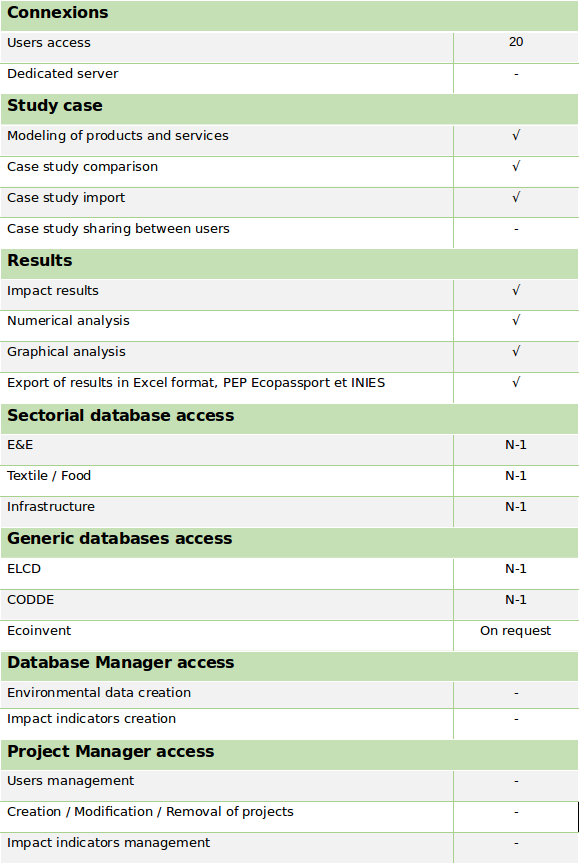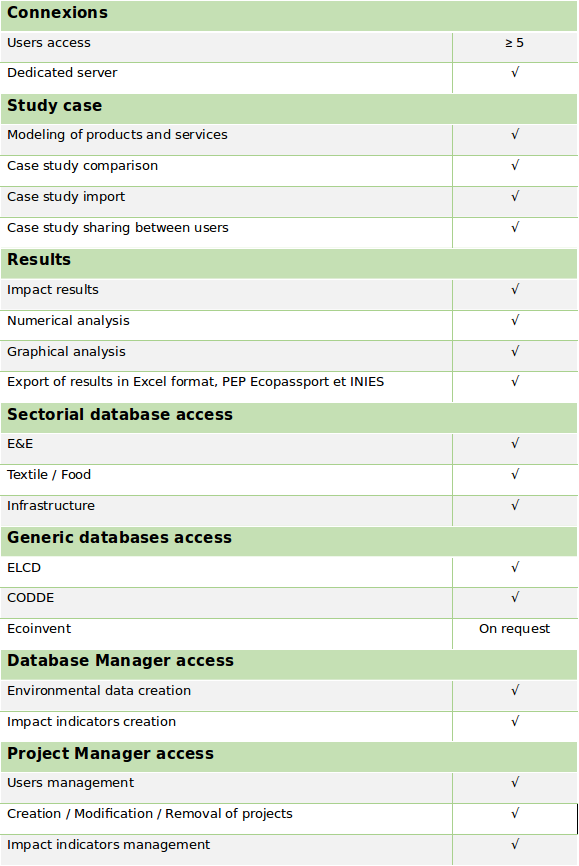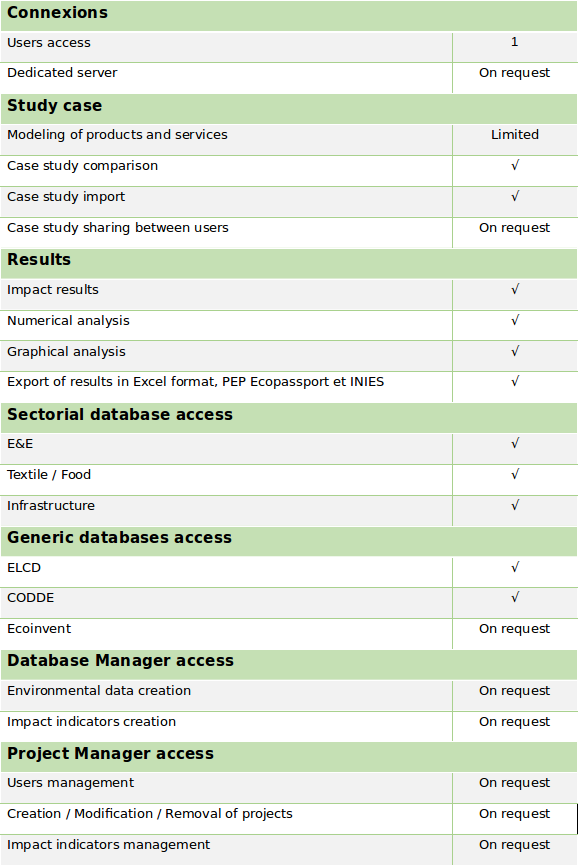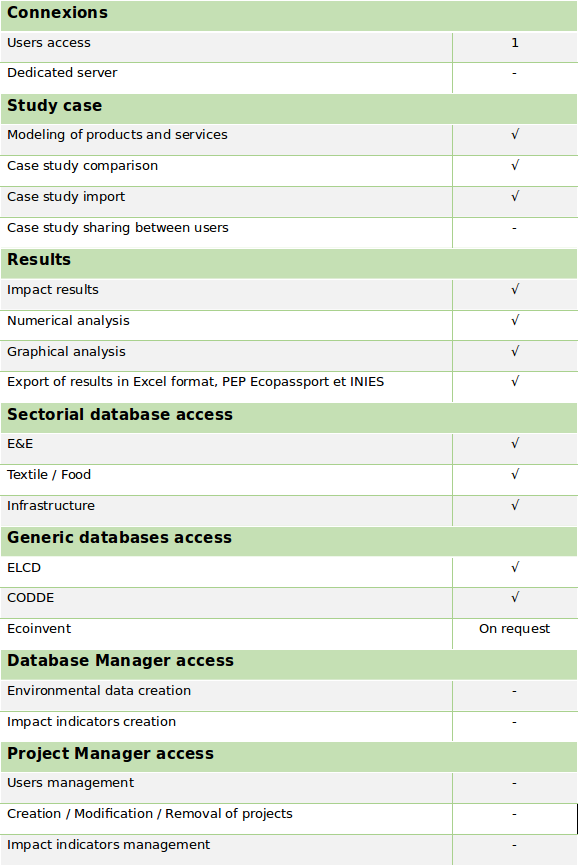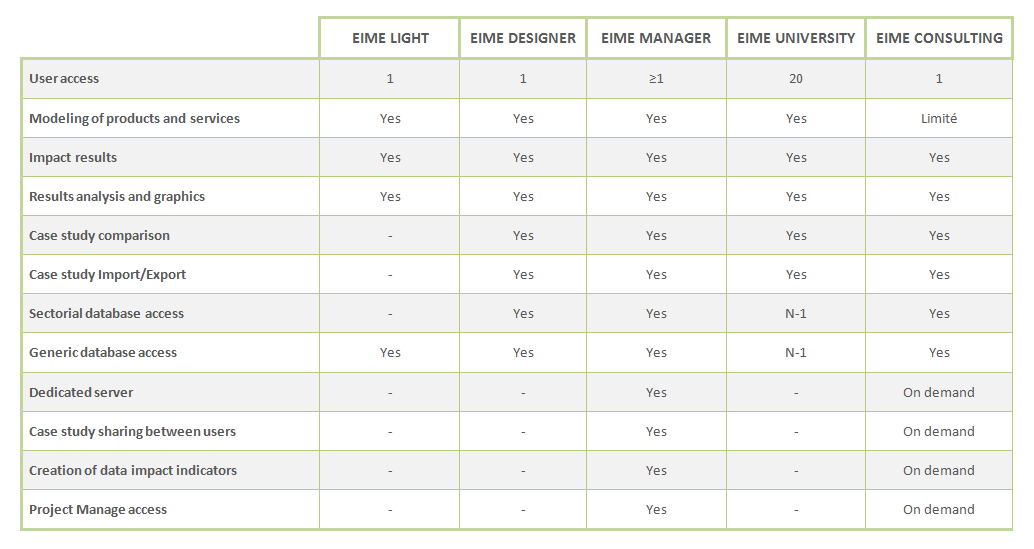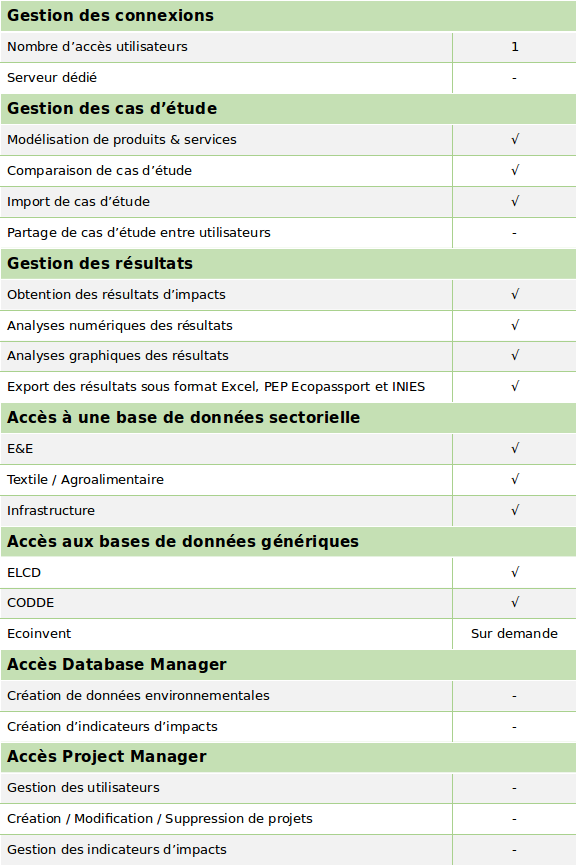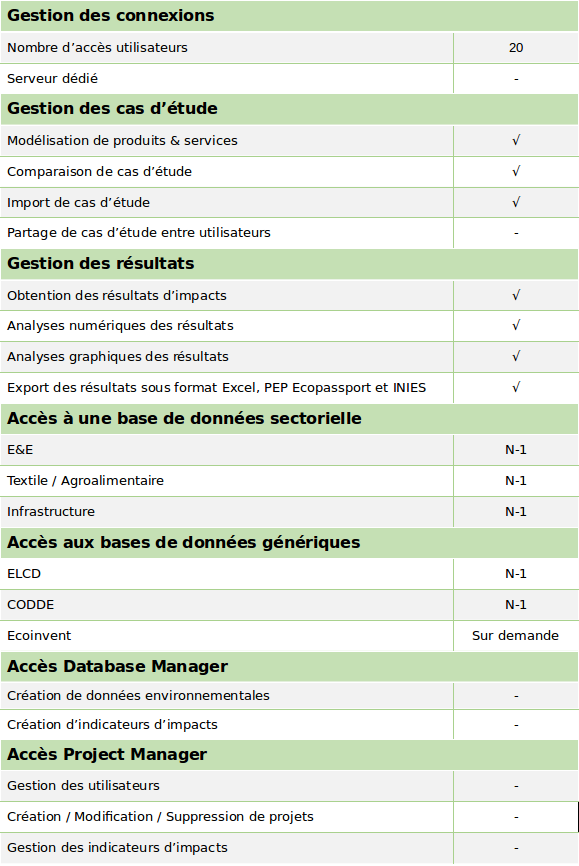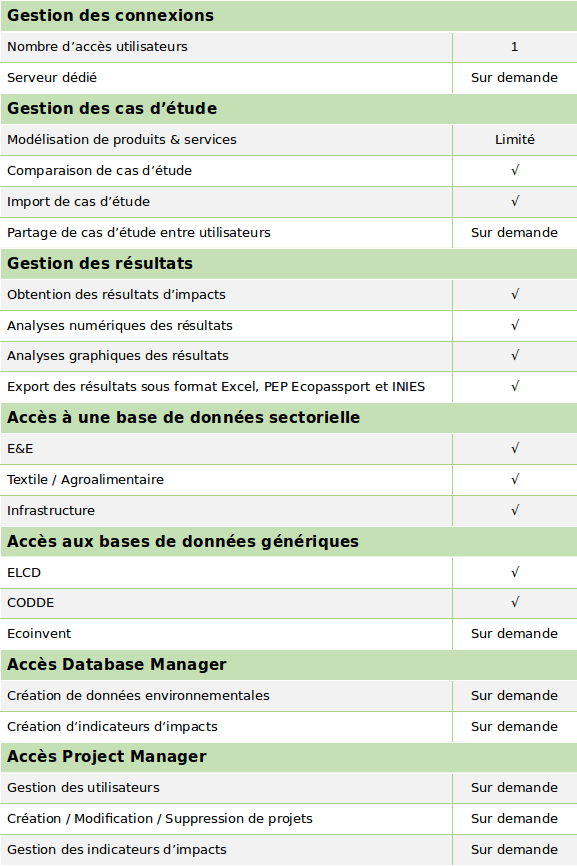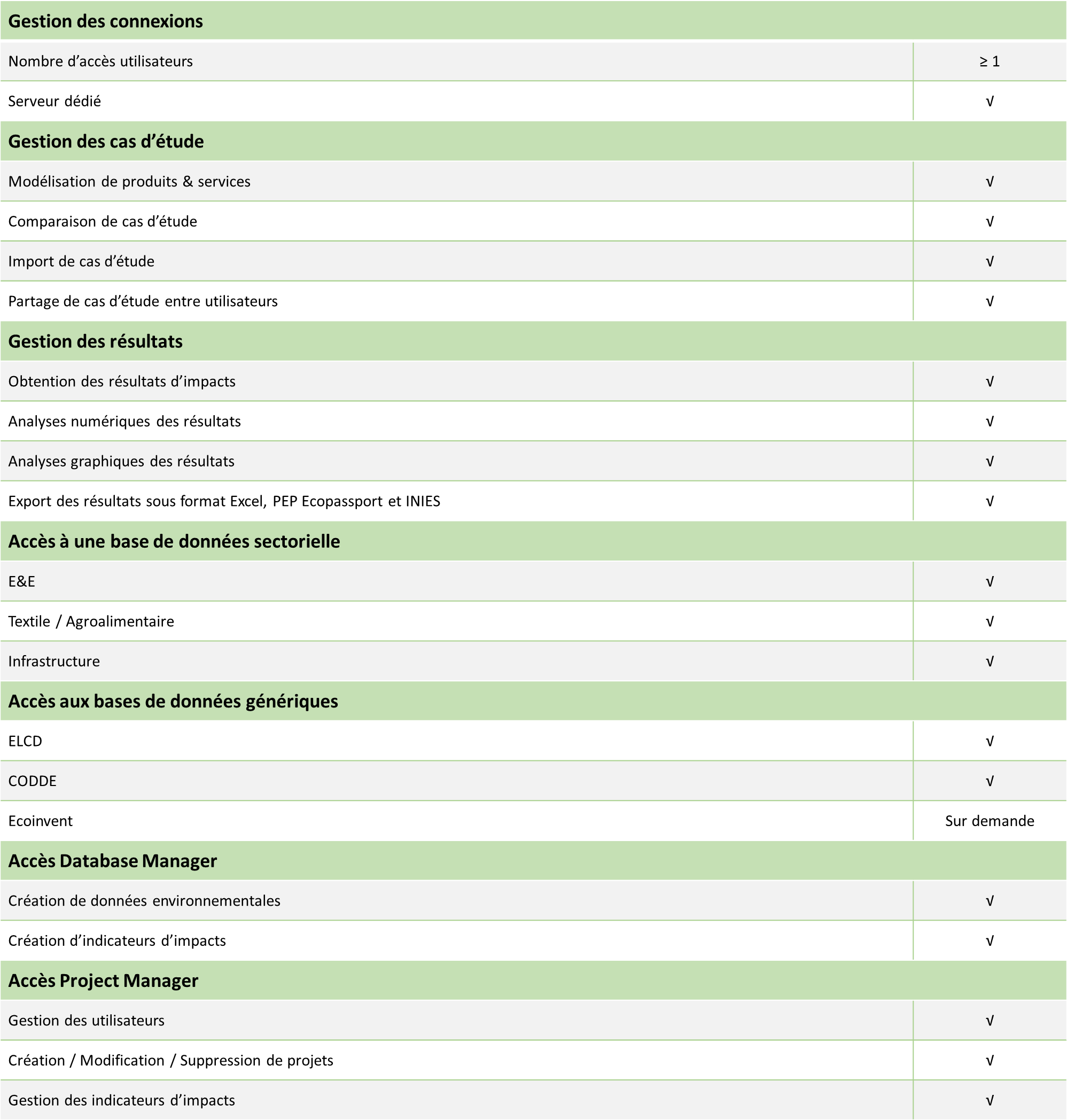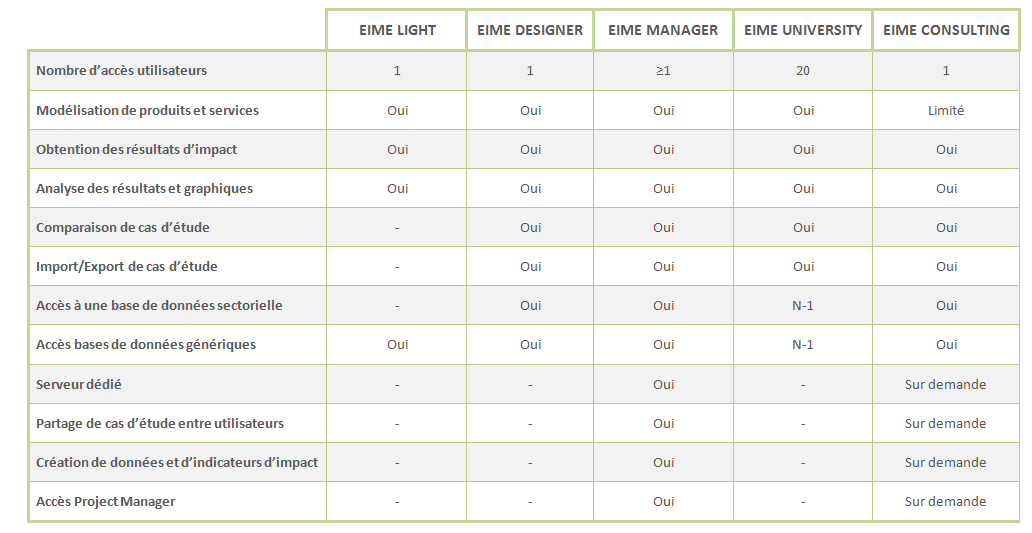FROM INDIVIDUAL CONNECTION TO DATA FLOW
Digital services seem intangible at first glance: a simple click, instant download, seamless streaming. Yet, behind this apparent dematerialization lies a considerable and complex physical infrastructure.
Connected devices and objects are not isolated entities, but active links in a vast communications network requiring a constant flow of data to exist and function. On average, a connected home generates nearly 100 MB daily, a smartphone consumes 11 GB per month, while a connected vehicle can produce up to 4 TB per day.
This digital appetite requires a robust infrastructure. Data centers are veritable digital factories designed to process, store, and produce data on a massive scale. Telecommunications networks are thus becoming the vital arteries of this constantly expanding digital organism.
Faced with these challenges, LCIE Bureau Veritas positions itself as a key player in the environmental assessment of these critical infrastructures.
Over 60% of the world's data was generated in the last 5 years. Globally, we collectively exchanged 149 zettabytes (149 trillion gigabytes) in 2024. This figure could reach 394 zettabytes by 2028.
THE ILLUSION OF NEGLIGIBLE INDIVIDUAL IMPACT
The average user perceives their digital consumption as marginal: a few dozen GB per month, emails, internet searches, occasional streaming. This individual perception creates an illusion of low environmental impact, where everyone considers themselves a negligible consumer. Yet, the cumulative effect is significant.
75%
By 2026, 75% of companies will use generative AI to create synthetic customer data, up from less than 5% in 2023.
15 B
The global number of connected objects has grown from 8.7 billion in 2020 to more than 15 billion in 2024, with an estimated projection of between 25 and 30 billion by 2030.
100,000
A modern data center can house up to 100,000 servers and consume the energy equivalent of a city of 30,000 people. North America is home to nearly half of all data centers.
DATASET OVERVIEW

Consultation terminals
The Digital sector database allows you to configure the manufacturing stage of the terminals:
- Devices: Smartphone, tablet, laptop, and desktop computer
- Model structure: Breakdown into major subsets with usage instructions for adapting the model
- Parameters: Modify the screen size, RAM (GB), SSD (GB), etc., with just a few clicks. It's possible to go further by using all the parameters in the CODDE® MicroElectronics sector database (such as geographic areas or semiconductor etching levels).
Example of using the dataset « SYSTEM-0006 - [Configurable] Smartphone ».

Telecom network
The Digital sector database includes estimated datasets on the impact of the fixed and mobile telecom network in France and Europe. The inventories cover the manufacture and use of telecom network equipment:
- The access network
- The aggregation network
- The backbone
Example of using the dataset « CODDE-4143 - Mobile network; 2G, 3G, 4G, 5G average mix; Europe, RER ».
Impact of the CODDE-4143 dataset on Global Warming (EF3.1) = 102 g CO2 eq. / GB

Data centers
The Digital sector database allows you to configure the manufacturing stage of the main IT equipment in a data center:
- Equipment: switch, router, blade server, rack server, and storage bay
- Model structure: breakdown into major subassemblies with usage instructions for adapting the model
- Parameters: Modify the number of disks in an array, the storage capacity (GB), the number of switch ports, the amount of RAM (GB), etc., with just a few clicks. It's possible to go further by using all the parameters in the CODDE® MicroElectronics sector database (such as geographic areas or semiconductor etching levels).
Example of using the dataset « SYSTEM-0013 - [Configurable] Blade server ».









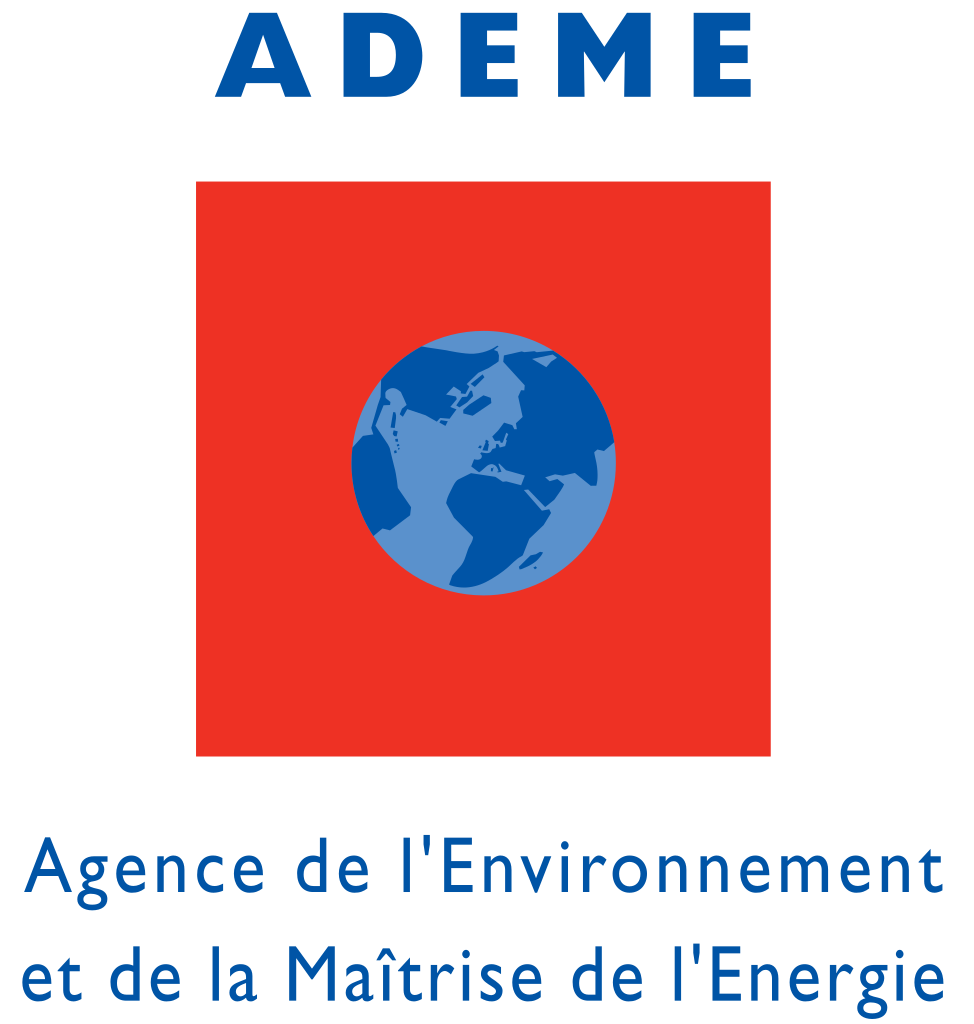

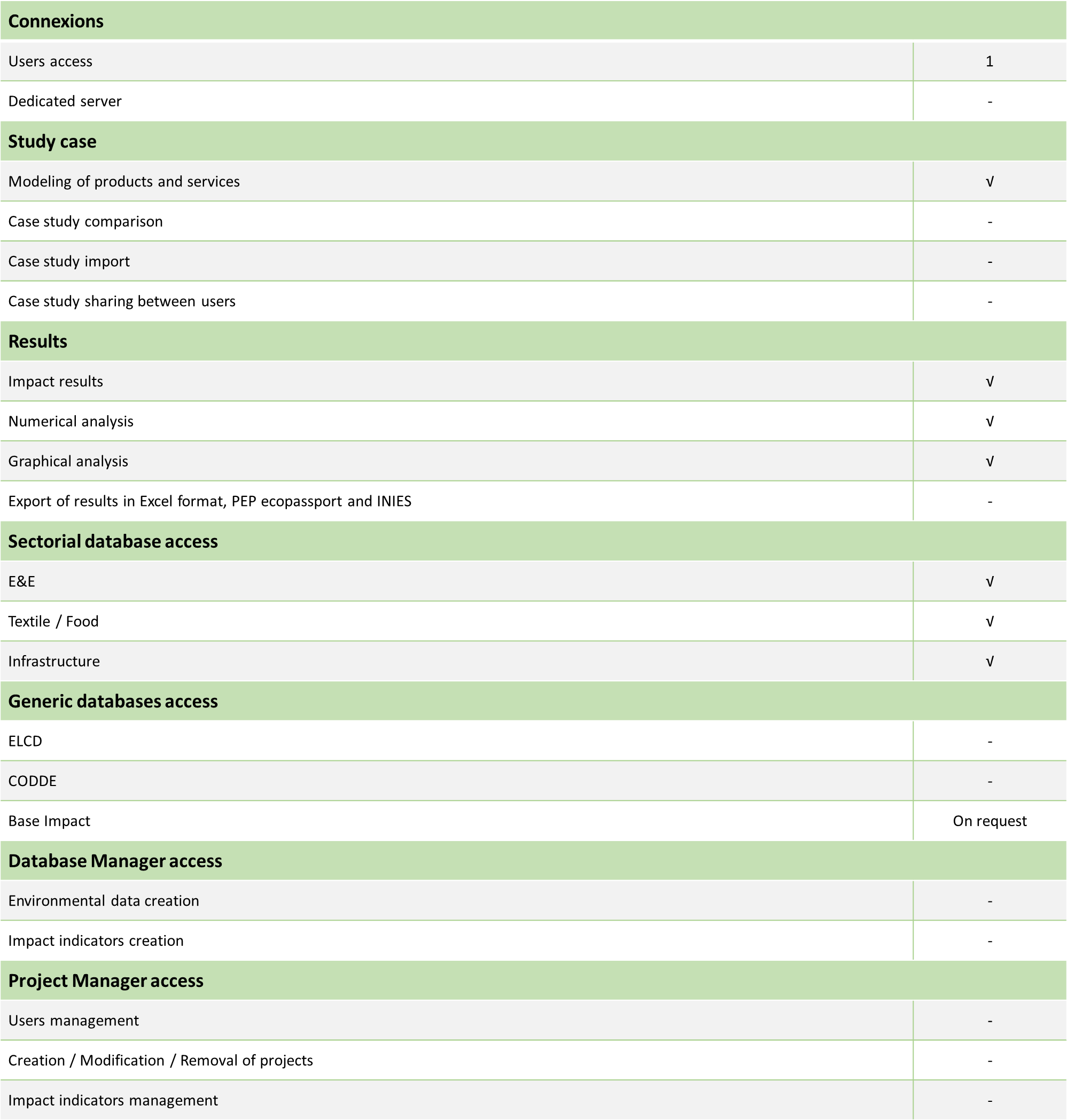
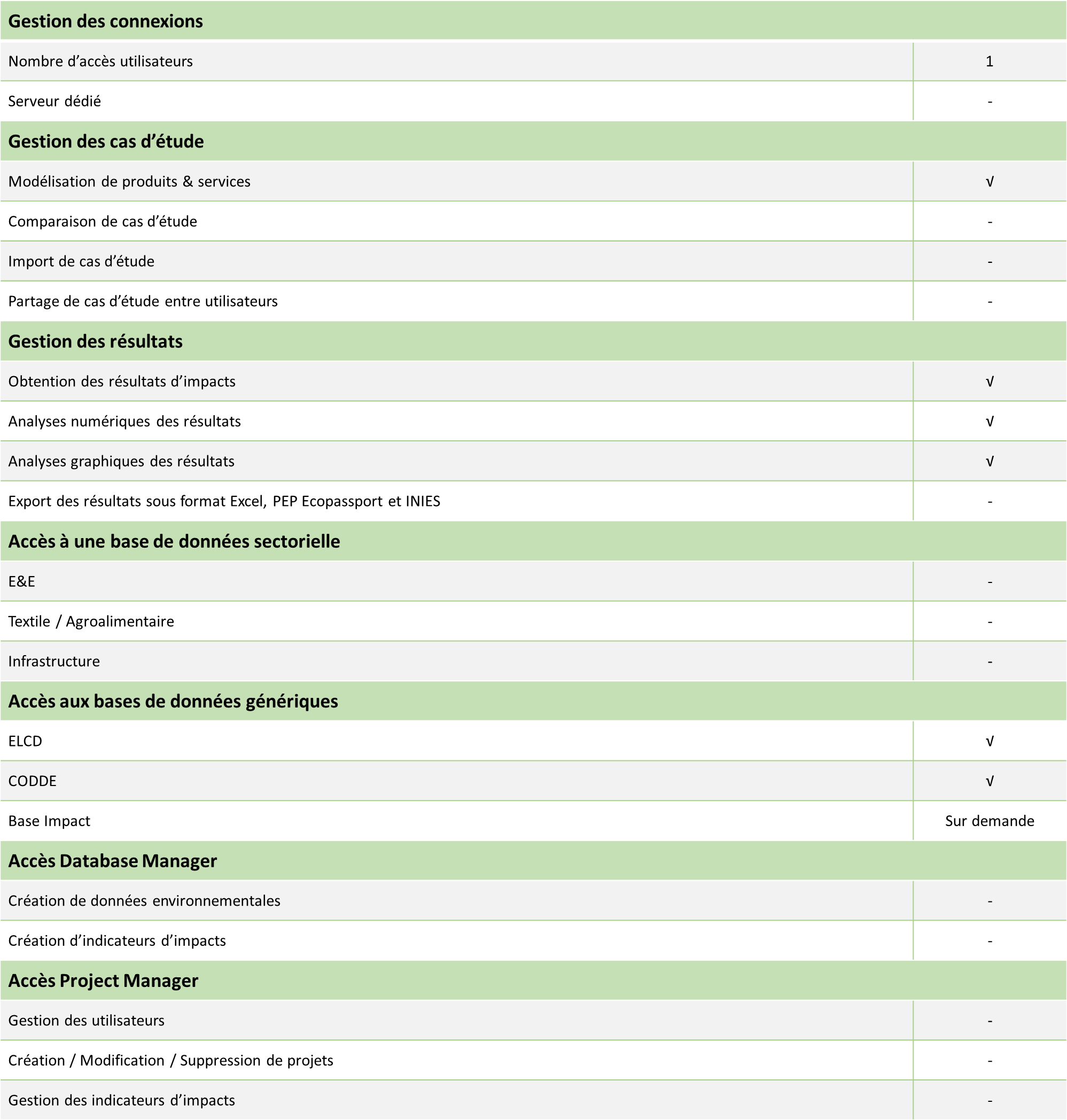
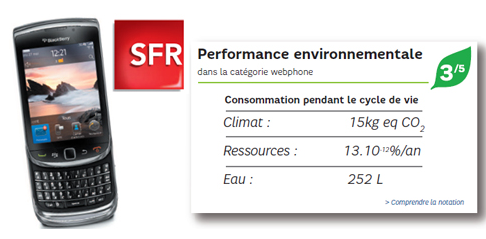 SFR/Vodafone – Affichage environnemental
SFR/Vodafone – Affichage environnemental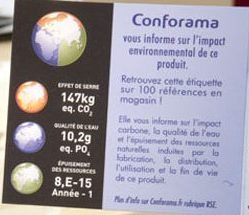 Conforama – Affichage environnemental
Conforama – Affichage environnemental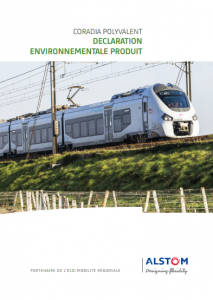 Alstom Transport – Déclarations Environnementales Produit (DEP)
Alstom Transport – Déclarations Environnementales Produit (DEP)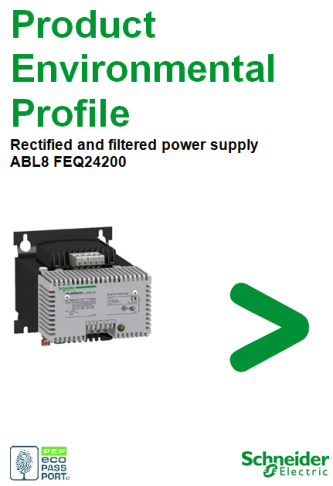 Schneider Electric – Product Environmental Profile (PEP)
Schneider Electric – Product Environmental Profile (PEP)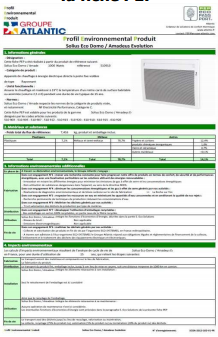 Atlantic – Product Environmental Profile (PEP)
Atlantic – Product Environmental Profile (PEP) Arbor – Fiche Déclarations Environnementale et Sanitaire (FDES)
Arbor – Fiche Déclarations Environnementale et Sanitaire (FDES)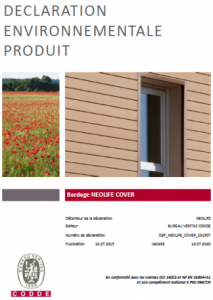 Neolife – Fiche Déclarations Environnementale et Sanitaire (FDES)
Neolife – Fiche Déclarations Environnementale et Sanitaire (FDES)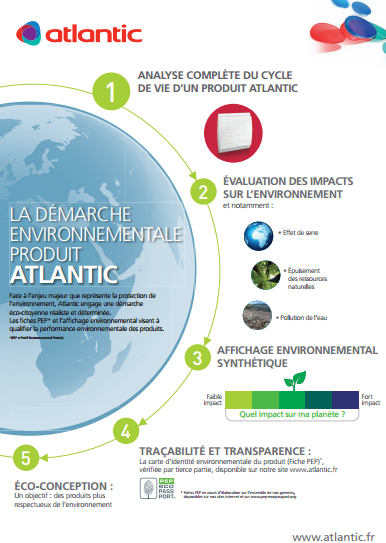 Atlantic – Communication Environnementale pour le grand public
Atlantic – Communication Environnementale pour le grand public